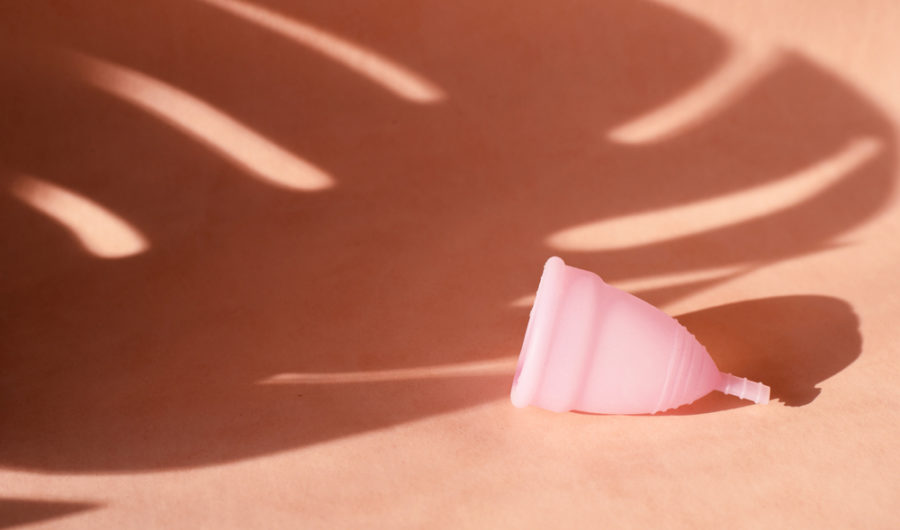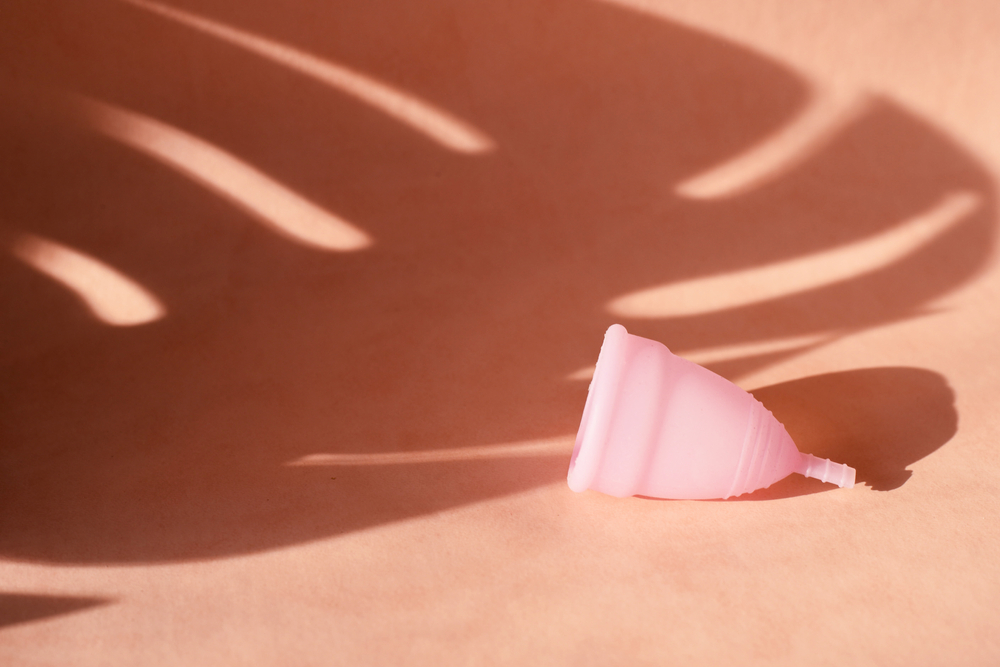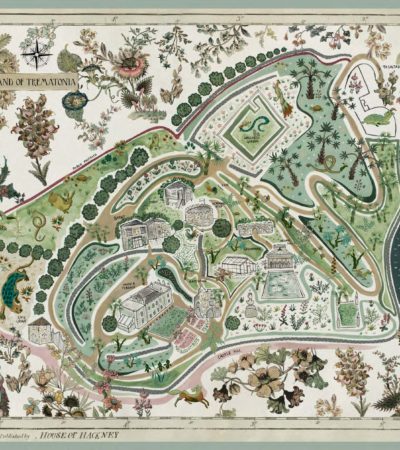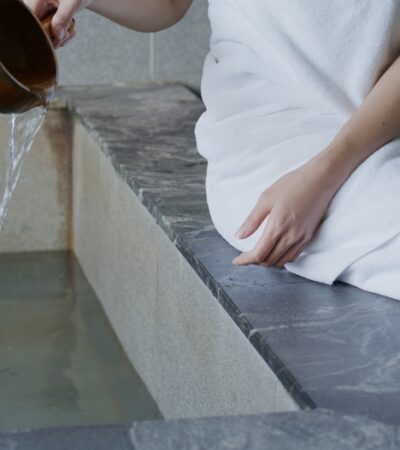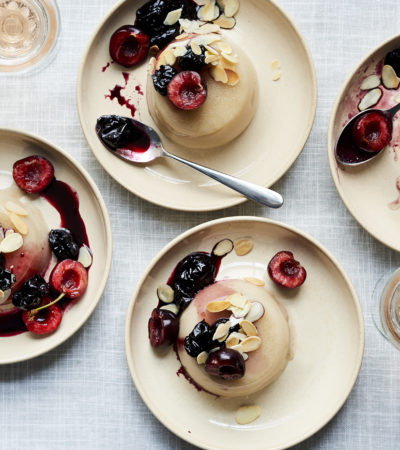Hip & Healthy’s Brand Assistant, Isabelle Shury, shares her experience becoming a menstrual cup convert and how making the switch is easier than you think!
Like most teenage girls, when I first started my period my Mum handed me a pad and I didn’t think anything of it. I then progressed onto tampons when I got a bit older, again thinking nothing of it. Never did it occur to me that there was another option, which wasn’t only better for my health, more comfortable, less maintenance and more economical, but it was also considerably better for the planet! I am talking, of course, about menstrual cups, the reusable solution to period care. If you’re thinking of trying a menstrual cup or you’re curious to know how it all works, allow me, a menstrual cup convert, to share everything you need to know including all the nitty-gritty details! It may get a little ‘TMI’ at points but I don’t want to leave any stone unturned so you know exactly what to expect.
First Impressions
Contrary to my current views on the menstrual cup, my first impressions were not so positive. My first thought was something along the lines of ‘it’s a lot bigger than I thought’ with a confused expression, as I scanned over the funny looking object. Menstrual cups come in a range of sizes but even the smallest one which I have is bigger than the average tampon. Of course, the shape is completely different from a tampon so it’s hard to compare the two but in terms of insertion, it was definitely bigger than any tampon I had used previously. Aside from being slightly unconvinced about the menstrual cup, I was definitely intrigued, especially as they only require changing every 12 hours compared to tampons and pads which need changing every couple of hours depending on your flow. Plus, the thought of not having to constantly remember to replenish my tampon supply was a big pull. Not only would I be saving money but there would be no more getting caught out, having to use folded up toilet roll in my knickers as I dashed to the shops to stock up on tampons. All in all, after I got my head around the idea and its potential benefits, I was certainly more optimistic than pessimistic about the whole process and had good intentions of making it part of my monthly cycle regime.
The Ins & Outs
Most menstrual cups on the market will come with an in-depth manual explaining how to insert the cup. I was feeling apprehensive about the whole thing when my period started, I stared at the cup whilst on the toilet seat, thinking ‘there is no chance I’m fitting that inside on me!’ But with countless amazing recommendations and the eco-conscious factors looming in my mind, I thought I might as well give it my best shot. There are two techniques I’ve found most useful for inserting the menstrual cup, the C-fold and the push-down fold. There are a number of useful Youtube videos that I found helpful in visually demonstrating how to get the cup into these types of folds (don’t worry, they’re not graphic!). Once I had mastered the ‘fold’ element, making the cup as thin as humanly possible, I simply inserted it the way you would a tampon. A top tip here, don’t push your menstrual cup up as high as a tampon, you want the cup to hug the bottom of your cervix so do not push it up too high. Imagine the menstrual cup is a plug, the only difference is that it has the mechanism to collect liquid (blood in this case) this will help you to understand where your menstrual cup should sit comfortably. Once it is in the correct place you may be able to feel the cup unravel from the fold into position, ready to do its job! This whole process may sound complicated but it’s honestly quite straightforward, once you’ve got the hang of it you’ll be able to pop it up without even thinking about it.
After the most low-maintenance first day of my period EVER, it was time to remove the menstrual cup. Inserting the cup had been fairly straight forward, so how hard could removing it be? As it turns out…very if you don’t know what you’re doing, which I clearly did not! After countless attempts of tugging on the tiny stem (the thin piece on the bottom of the cup), I thought to myself, I’m in real trouble here. I got myself into a bit of a fluster, picturing having to go to A&E with this absurdly ridiculous problem. After some more persevering, I suddenly came across the ability of my pelvic floor (hallelujah), something I had never really used before and was evidently not very in tune with. Turns out, if you lightly push using your pelvic floor muscles, the menstrual cup moves downwards slightly making it easy for you to grip onto the stem allowing the cup to come out with ease. I will say it isn’t the most pleasant feeling in the world but it most certainly isn’t as difficult as I initially thought. I can now remove my menstrual cup in a matter of seconds with no struggles at all. A maybe obvious yet very important tip here, make sure you take out your menstrual cup whilst sitting on the toilet. In my experience, once it pops out the blood splatters everywhere, so to avoid it looking like a murder scene, do this over a toilet so that all the blood goes straight into it. Make sure to clean your cup every time you take it out with warm water and a small squirt of menstrual cup cleaner which most brands stock or I have used a blob of non-fragrance, pH-balanced soap which worked well too.
My overall experience
The element of using a menstrual cup I’m most impressed with is how incredibly comfortable it is. You have no idea you’re even on your period. In comparison to tampons and pads, it really is a game-changer. I’ve worn it during the most hardcore of HIIT workouts and long-distance runs and experienced, well, absolutely nothing…it gave me no grief at all! I have found menstrual cups to feel a lot more hygienic to using tampons or pads too, the whole experience feels way cleaner and requires a lot less maintenance as you only need to change the menstrual cup every 12 hours. The main reason I was so determined to give menstrual cups ago in the first place was because of the environmental benefit. Many tampons and pads on the market are non-biodegradable, contributing heavily to landfills as they are a single-use product. Not only that but menstrual cups are much better for your body. Something I was not aware of before dabbling with the idea of a menstrual cup was toxic shock syndrome (TSS), a potentially fatal bacterial infection caused by the materials found in tampons. I was quite terrified learning about TSS, being a long-term tampon user. I couldn’t believe I was so in the dark about such a widely used product that I assumed was perfectly safe to use. After consuming all this information I was definitely surprised that menstrual cups weren’t more commonly used or at least a widely recommended and available (although I think that is slowly changing). Now a true menstrual cup convert, I will never go back to using tampons or pads. Due to the numerous benefits I’ve listed, I genuinely way prefer using my menstrual cup and can’t believe I didn’t discover them sooner. If you’re on the fence about it, I would strongly recommend giving it a try. It takes a little getting used to at the beginning but once you’ve got the hang of it, you won’t look back.
words by Isabelle Shury

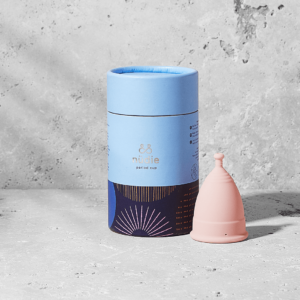
&SISTERS Nüdie Period Cup
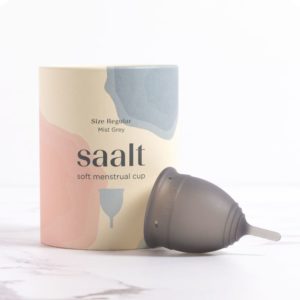
saalt Soft Menstrual Cup
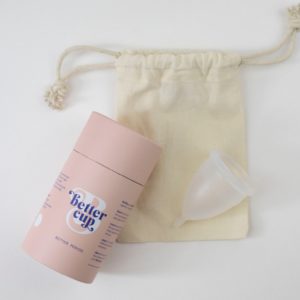
Bettercup Menstrual Cup

